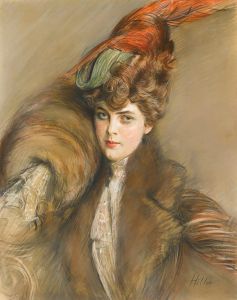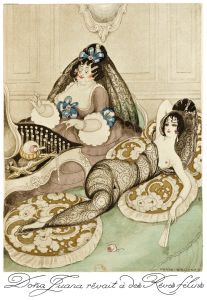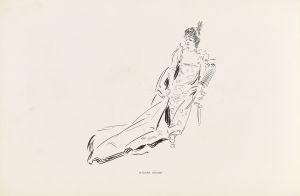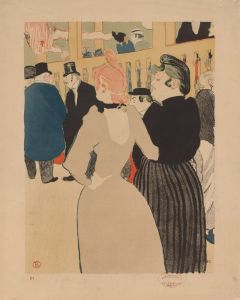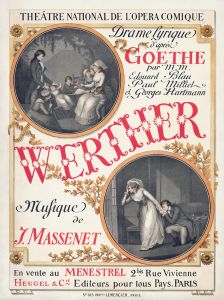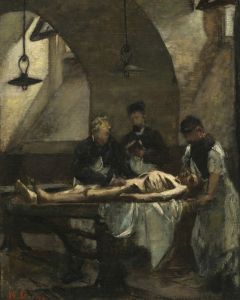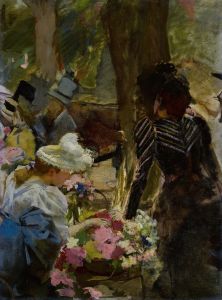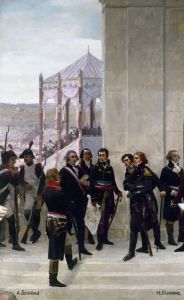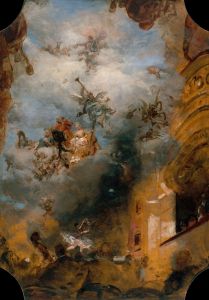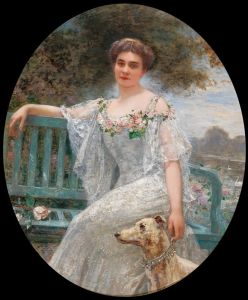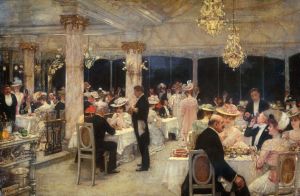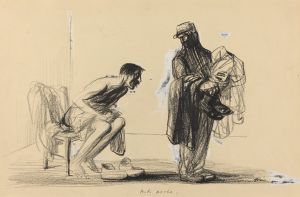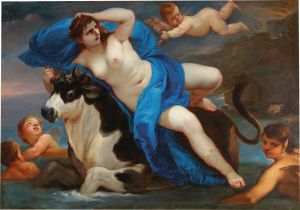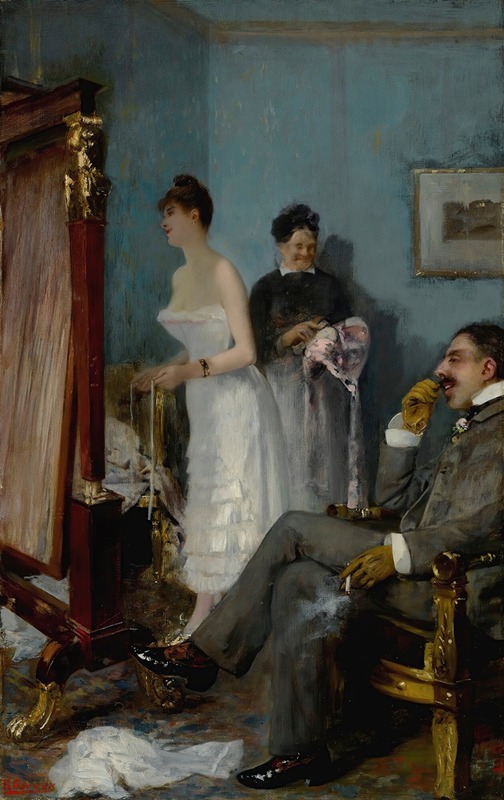
Nana
A hand-painted replica of Henri Gervex’s masterpiece Nana, meticulously crafted by professional artists to capture the true essence of the original. Each piece is created with museum-quality canvas and rare mineral pigments, carefully painted by experienced artists with delicate brushstrokes and rich, layered colors to perfectly recreate the texture of the original artwork. Unlike machine-printed reproductions, this hand-painted version brings the painting to life, infused with the artist’s emotions and skill in every stroke. Whether for personal collection or home decoration, it instantly elevates the artistic atmosphere of any space.
Henri Gervex's painting "Nana" is a notable work in the realm of 19th-century French art, recognized for its bold representation and the controversy it stirred upon its unveiling. Painted in 1877, "Nana" is an oil on canvas that measures approximately 154 by 190 centimeters. The painting is housed in the Musée d'Orsay in Paris, which is home to many significant works from the period.
Gervex was a French painter known for his genre scenes, portraits, and later, his decorative works. He was a student of Alexandre Cabanel and was influenced by the academic style, although he also incorporated elements of realism and modern life into his works. "Nana" is one of his most famous paintings and exemplifies his ability to capture contemporary society.
The painting depicts a young woman, Nana, who is in the process of dressing in a lavishly decorated boudoir. She stands confidently in front of a mirror, wearing only a chemise, with her back turned slightly towards the viewer. The room is richly adorned, with a plush carpet, elegant furnishings, and a bed visible in the background. A man, presumably a client or admirer, sits on the edge of the bed, watching her with interest. The scene is intimate yet provocative, capturing a moment of private life that was rarely depicted in such a direct manner at the time.
"Nana" was inspired by Émile Zola's novel of the same name, which was published in 1880. Zola's "Nana" is a story about a courtesan in Paris during the Second Empire, and Gervex's painting captures the essence of this character's world. The painting's depiction of a courtesan and its suggestion of her profession were considered scandalous by the standards of the day.
When Gervex submitted "Nana" to the Salon of 1878, it was rejected due to its controversial subject matter. The painting's candid portrayal of a woman in a state of undress, combined with the implication of her profession, was deemed inappropriate for public exhibition. However, the rejection only served to increase the painting's notoriety. Gervex exhibited "Nana" in a private gallery, where it attracted significant attention and acclaim from the public and critics alike.
The painting is often discussed in the context of the changing attitudes towards art and morality in late 19th-century France. It reflects the shifting boundaries of what was considered acceptable in art, as well as the growing interest in realism and the depiction of modern life. Gervex's "Nana" is seen as a precursor to the works of the Impressionists and other modern artists who sought to portray contemporary society in a more honest and unvarnished manner.
Today, "Nana" is appreciated not only for its technical skill and composition but also for its role in challenging the conventions of its time. It remains an important work in the study of 19th-century art and continues to be a subject of interest for art historians and enthusiasts.





